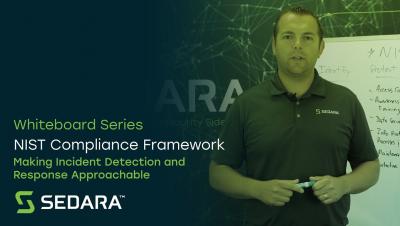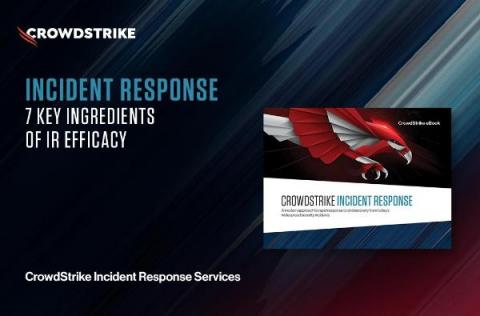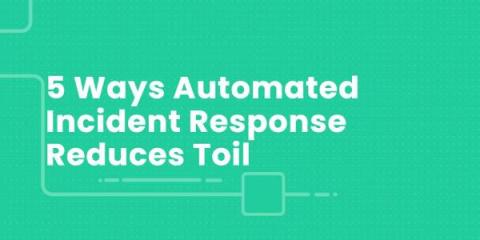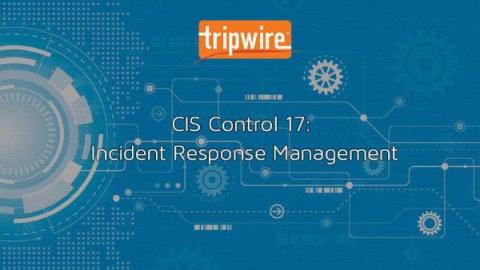It's time to invest in your incident response - here's how
Taking proactive measures is critical to any aspect of a strong cybersecurity strategy. And today, the need for a robust incident response plan has never been greater. As more and more companies embrace remote work, we see an influx of personal devices on the corporate network. As a result, the potential attack surface expands while endpoint visibility is significantly reduced.











